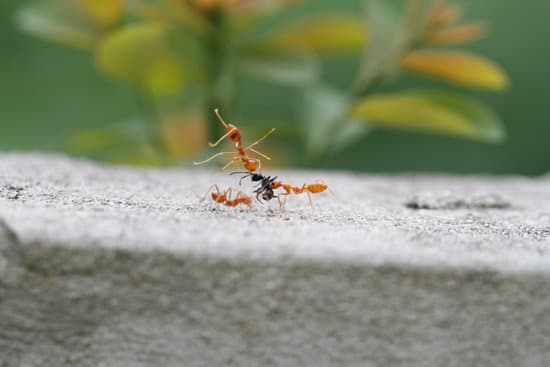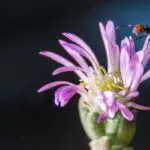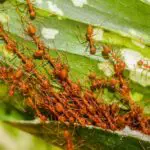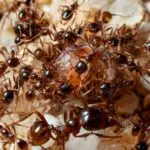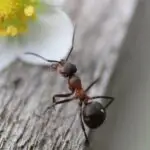How Do Ants Produce Methane in Soil?
Several studies have examined the role of leaf-cutting ants in herbivory, organic matter dynamics, and greenhouse gas emissions. However, little is known about how these ants contribute to soil greenhouse gas emissions.
The authors measured the fluxes of methane (CH4) and carbon dioxide (CO2) at eight sampling points in the primary forest near leaf-cutter ant nests. Fluxes were highly variable among nest holes. The largest nest hole measured fluxes of both gases. In addition, fluxes of both gases were measured at three smaller nest holes.
The results showed that CO2 and CH4 fluxes were negatively correlated in the soil near the leaf-cutter ant nest. However, fluxes of both gases were positively correlated near the soil outside of the nest. The strongest cross-correlation occurred at a lag of -30 min. The negative correlation was not influenced by micro-earthquakes.
In addition, the authors observed that the d13C-CH4 signature in the nest gas was -69%0. This is a sign of microbial decomposition of organic matter.
The authors note that leaf-cutter ant nests provide a natural, alternative route to transport soil CO2. However, it’s not clear whether the ant-generated CO2 contributes to global warming. The researchers also wanted to understand whether nest-generated carbon dioxide levels were greater than those in the surrounding soil.
To do this, the authors built collection chambers above the vents of the nests. Each chamber measured the CO2 and CH4 fluxes. They also measured the outflows from the nests. Several other studies have examined how leaf-cutter ants affect soil CO2 dynamics.
